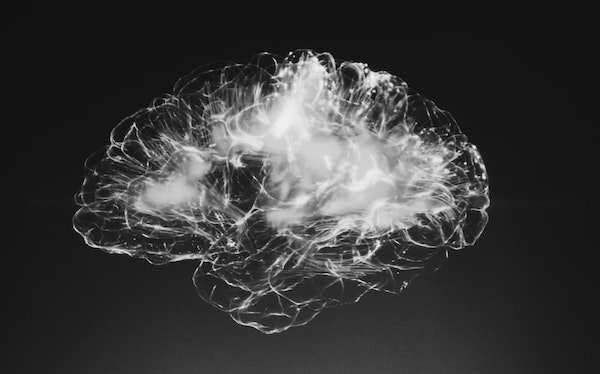EMDR: What’s Happening in the Brain?
EMDR, or eye movement desensitization and reprocessing, is a research-backed approach used by mental health practitioners to treat a variety of conditions. Originally developed for use with PTSD, it has been proven to be successful with additional conditions and disorders.
Studies done on EMDR have shown positive results in treating certain conditions and causing positive changes in the brain. Since trauma causes chemical changes in the brain, it makes sense for EMDR to be a first-choice treatment option, if possible.
What Happens in Your Brain After Trauma?
After going through any type of trauma, it’s normal to feel overwhelmed and in somewhat of a negative headspace while you’re sorting matters out. In addition to that, the trauma can change your brain chemistry.
Your prefrontal cortex, which is in charge of decision-making, logical and rational thinking, planning, and memory, may see a decline in function as it enters survival mode. During the transition into survival mode, your body’s retort becomes one of fight, flight, or freeze, most likely. Since your memory can be impacted, you may experience memory loss, gaps in your memory, or false memories.
Trauma can also impact the amygdala and hippocampus. Each may see a sudden increase in activity, resulting in more hormone release and increased emotional reactivity.
Why EMDR?
On any normal day, your brain takes in information around you, decides what to do with it, and then processes it appropriately. Your memories become processed while you sleep, specifically during your REM sleep cycles. That’s why sleep is so important for rest, recovery, and functioning.
If you’ve suffered a trauma or are dealing with another similar mental health condition, you may be dealing with some emotional instability and irrational thought processes. Your brain can’t process that information effectively. When you become triggered by some type of stimulus, it can send you back into that traumatic place.
As mentioned, memory can be impacted, so it’s possible that memories surrounding that event can become stuck or unprocessed. Those stuck memories are what can trigger you. It’s a vicious cycle.
How EMDR Affects the Brain
When you start working with EMDR, the goal is to target a specific, negative memory determined by you and your therapist. Unlike normal talk therapies, this method simulates your REM sleep cycle.
Bilateral stimulation, like a tactile cue, is one component the therapist performs. This occurs in conjunction with side-to-side eye movements, also directed by the therapist. While each of these is happening, you’re tasked with focusing on the target memory.
The EMDR method can alter your brain chemistry, essentially undoing some of what was caused during the traumatic event. Your amygdala and hippocampus begin to slow down and become less overwhelmed. Your prefrontal cortex returns to its normal functioning and regains control.
By creating a simulated REM sleep state, your mind and body can capture some of the positive benefits that you may be missing out on naturally.
The Phases of EMDR
While less structured than some other forms of therapy, EMDR occurs in eight phases. Phases one and two are used for preparation and education. You’ll get an overview of the process, discuss your history, and select a memory to target.
Phase three is where the targeting of said memory begins. Bilateral stimulation and eye movements are initiated in phase four. When you reach stage five, you begin to replace negative thoughts about your memory with more positive ones.
Phases six through eight are the closing phases, during which the therapist ensures the process works and assesses whether further repetition is needed.
Are you interested in learning more about EMDR therapy? Contact us to schedule an appointment.


